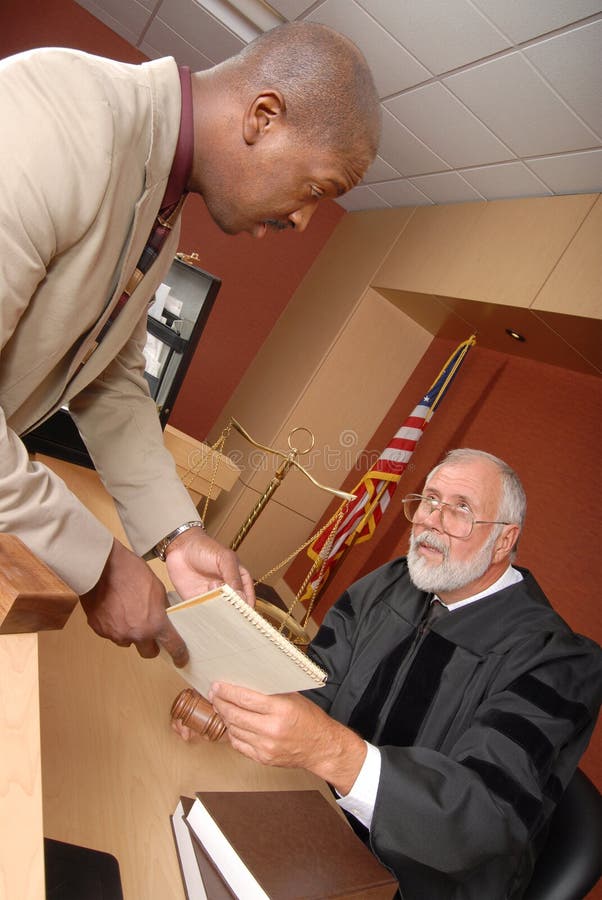Just How to Develop Involving Test Presentations That Win Over Juries and Juries
Crafting engaging test discussions that astound courts and courts is a nuanced art that calls for a strategic approach. From the careful consideration of the audience's expectations to the seamless assimilation of narration strategies, each component plays a crucial role in forming the end result of a lawful instance - Trial Presentations. By utilizing ingenious visual tools, incorporating interactive elements, and dedicating time to strenuous technique and practice session, attorneys can considerably enhance the impact of their court room discussions. The capability to engage and persuade with well-crafted presentations is an ability that can make all the distinction in winning over a jury or court, eventually tipping the scales of justice in one's support.
Recognizing Your Audience
To effectively involve your audience throughout test presentations, it is crucial to recognize their preferences, assumptions, and level of experience in the subject. By customizing your presentation to fulfill the particular demands of the audience, you can boost their understanding and retention of the information provided.
Begin by researching the demographics of the audience, such as age, education and learning level, and profession. This details can assist you gauge their experience with lawful procedures and change your discussion style appropriately. A jury may call for less complex language and more visual help contrasted to a group of legal professionals.
Furthermore, take into consideration the mental and psychological facets of your audience. Are they supportive in the direction of certain arguments or more inclined in the direction of realities and proof? Understanding these nuances can assist you frame your presentation in a method that reverberates with the target market on a much deeper degree.
Narration Techniques
Recognizing your target market's choices and assumptions can significantly influence the effectiveness of your trial presentations, particularly when executing storytelling methods to convince and mesmerize. Storytelling is a powerful tool that can help lawyers get in touch with discretionary on an extra psychological degree, making complicated legal arguments much more memorable and relatable.

Incorporating vivid information, individual narratives, and rhetorical devices can better boost the narration experience, keeping the audience invested and involved in the end result of the instance. By crafting an influential tale that resonates with the worths and feelings of the jury and judges, legal representatives can raise the possibilities of winning their disagreements and achieving desirable decisions.
Visual Discussion Devices
Utilizing aesthetic discussion devices can significantly enhance the influence and efficiency of test presentations by providing an aesthetically appealing means to communicate complex details to juries and courts. Visual help such as charts, computer animations, graphs, and diagrams can aid streamline intricate information, making them much more understandable and easily accessible to the target market. By integrating aesthetic elements into test presentations, attorneys can develop a compelling narrative that reverberates with jurors and leaves a lasting perception.

Incorporating Interactive Elements
Integrating interactive components into trial presentations can boost target market engagement and comprehension, promoting an extra interactive and immersive courtroom experience. By integrating aspects such as interactive timelines, 3D computer animations, clickable displays, and virtual reality restorations, lawyers can astound jurors and judges, making complex info extra accessible and memorable.
Interactive timelines permit for a vibrant display screen of sequential occasions, aiding the target market realize the sequence of key occurrences in a case. 3D animations can bring crime scenes or accident reconstructions to life, providing a comprehensive graph that aids in clarifying intricate details. Clickable exhibits make it possible for individuals Visit This Link to connect with proof, records, or pictures, permitting a hands-on exploration of vital info.
Furthermore, virtual fact repairs can deliver Trial Presentations the target market into the heart of the action, giving an engaging point of view that conventional presentations might do not have. These interactive aspects not only engage the viewers yet likewise empower them to proactively join the trial process, bring about an extra convincing and impactful court room discussion.
Technique and Practice Session
To properly utilize the capacity of interactive aspects in trial discussions, detailed method and wedding rehearsal are necessary to ensure smooth integration and shipment in the courtroom setup. Method and rehearsal aid test presenters come to be this article acquainted with the content, timing, and circulation of their presentations, permitting them to confidently navigate with different components such as videos, computer animations, or interactive graphics. By rehearsing their delivery, speakers can refine their talking skills, body movement, and overall discussion style to improve persuasion and trustworthiness prior to the jury and court.
During method sessions, presenters can determine any technological issues that may emerge with interactive aspects, making certain that whatever runs efficiently during the real test. Additionally, practicing in front of a mock target market or colleagues can offer beneficial feedback on the performance of the interactive components and the general discussion. This feedback enables speakers to make essential adjustments and enhancements prior to entering the court, inevitably enhancing the effect and success of their test discussions.
Conclusion
To conclude, developing engaging trial presentations that mesmerize courts and courts requires a deep understanding of the audience, efficient narration strategies, visual tools, interactive elements, and extensive technique (Trial Presentations). By applying these strategies, attorneys can successfully communicate their debates and proof in an engaging fashion that reverberates with the decision-makers in the court room
Utilizing visual discussion devices can greatly enhance the impact and effectiveness of trial presentations by providing a visually engaging way to convey complex details to courts and courts. By integrating visual elements into test discussions, legal representatives can develop an engaging narrative that resonates with jurors and leaves a lasting impression.
One preferred aesthetic discussion tool is the use of multimedia discussions, which permit for the combination of videos, photographs, and audio recordings to supplement spoken debates. Trial Presentations.To successfully take advantage of the capacity of interactive elements in test discussions, extensive practice and practice session are crucial to make certain smooth assimilation and shipment in the courtroom setup. Method and rehearsal aid test presenters come to be familiar with the content, timing, and circulation of their presentations, allowing them to confidently navigate with different components such as videos, animations, or interactive graphics